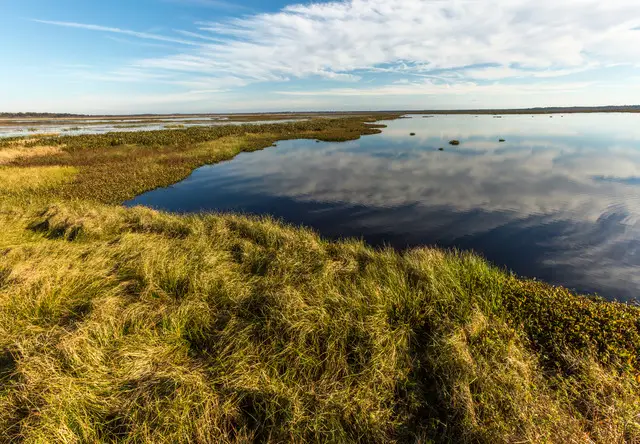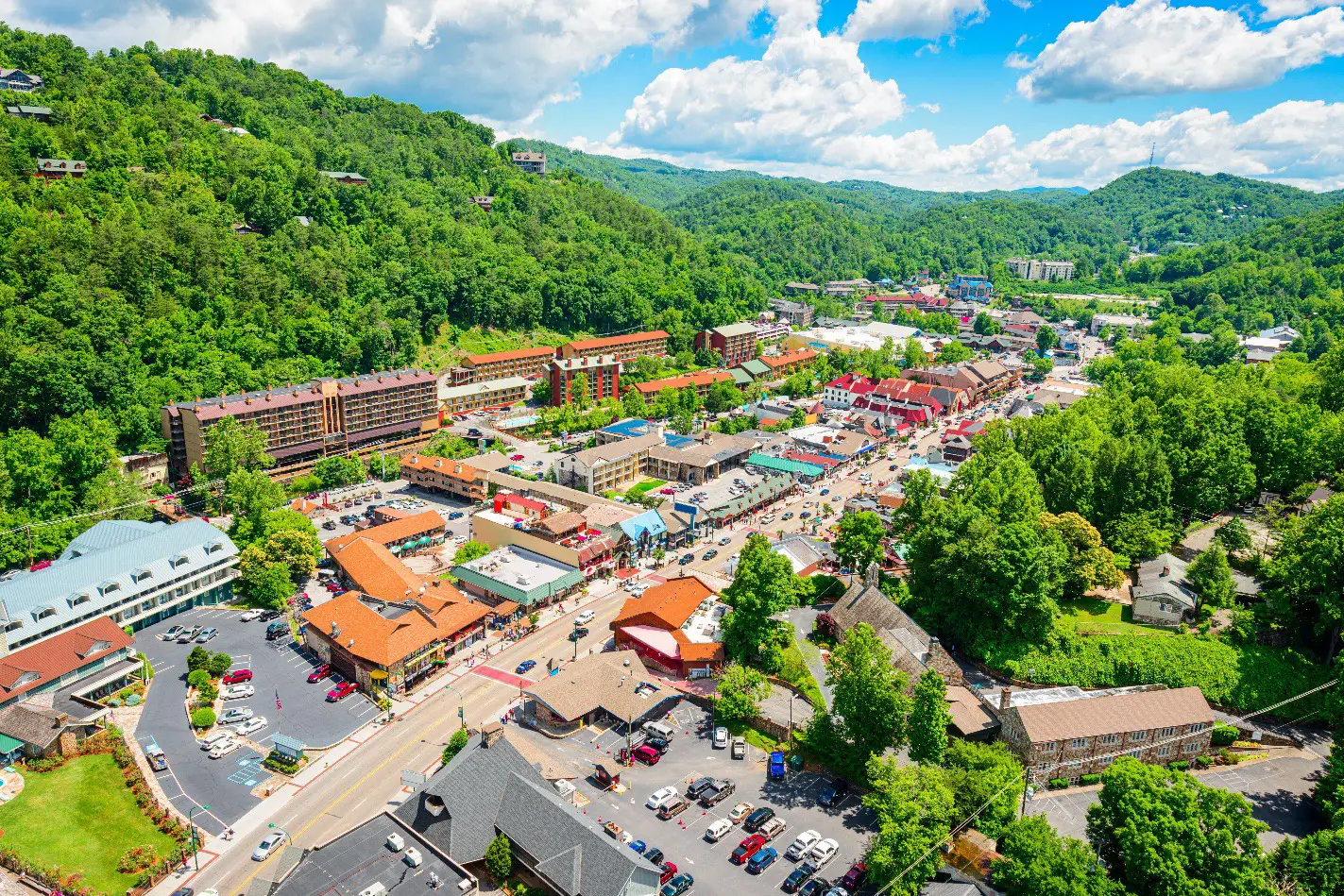The Florida Department of Environmental Protection (DEP) celebrated the designation of Paynes Prairie Preserve State Park in Micanopy, outside of Gainesville, as the eighth State Geological Site.
Designated State Geological Sites are areas the Florida Geological Survey has determined to be significant to scientific study and the public’s understanding of Florida’s geological history.
Paynes Prairie Preserve State Park sits on top of the Ocala Limestone, a significant geological formation that plays a crucial role in Florida’s hydrogeology. The Ocala Limestone is porous and permeable, allowing water to move rapidly through the rock replenishing the upper Floridan aquifer that provides drinking water for millions of Floridians.
Naturally acidic rainwater, over geologic time, has dissolved away some of the Ocala Limestone creating many unique features in the park. Some of these features include sinkholes, springs, disappearing streams and large, shallow basins created by sinkhole activity called poljes.
Specifically, Alachua Sink, which extends for half a mile in the prairie basin, serves as a natural collection point for groundwater and provides a direct connection to the upper Floridan aquifer below.
“State Geological Sites are special places where visitors can learn about Florida’s fascinating geology and hydrology,” said Florida State Geologist and Florida Geological Survey Director Guy “Harley” Means, P.G.
“They also provide opportunities to learn about our geologic past so that we can make informed decisions about our future.”
Paynes Prairie’s karst geology supports a diverse ecosystem, and it may surprise people to find wild, roaming bison and horses among the wildlife, along with over 300 species of birds.
“Paynes Prairie Preserve State Park is a spectacular asset in our award-winning Florida State Parks system,” said Florida State Parks Director Chuck Hatcher.
“Today’s designation reaffirms what we already knew – that these diverse and unique landscapes should be treasured, preserved and appreciated. I’m thankful to the Florida Geological Survey for its work on this designation, which serves as a great educational component alongside the park’s extraordinary recreational opportunities.”
Visitors can learn more about the park’s geology by speaking with a park ranger or exploring the park’s eight hiking trails, such as the three-mile La Chua Trail, which provides scenic views of wet prairie and marsh habitat including Alachua Sink and Alachua Lake.
Legislation authorizes the state geologist to designate sites that are of great and continuing significance for the scientific study and understanding of the geological history of Florida.
Florida’s other State Geological Sites include Jennings Bluff Tract, Torreya State Park, Falling Waters State Park, Edward Ball Wakulla Springs State Park, Florida Caverns State Park, Devil’s Millhopper Geological State Park and Windley Key Fossil Reef Geological State Park.














